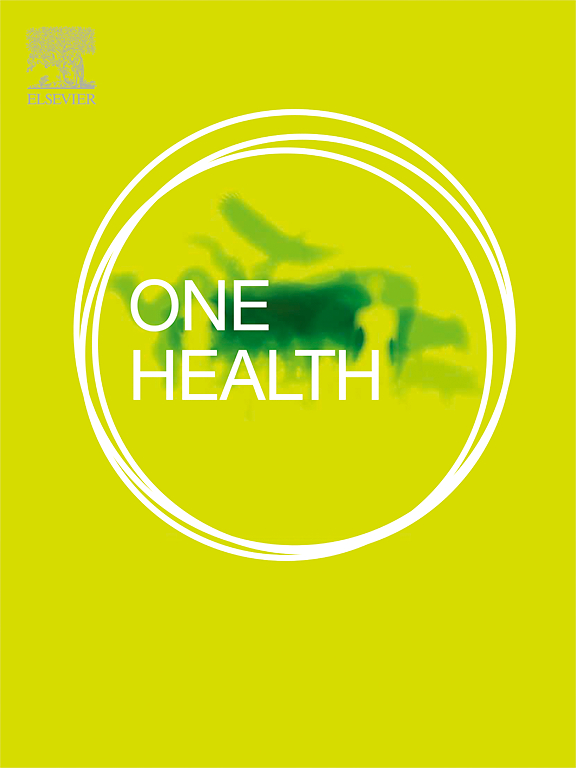Development of a zoonotic influenza distribution assessment and ranking system (ZIDAR): Technical application in Nepal to support cross-sectoral risk-based surveillance
IF 4.1
2区 医学
Q1 INFECTIOUS DISEASES
引用次数: 0
Abstract
Zoonotic influenza poses a significant public health concern to agricultural industries, food security, wildlife conservation, and human health. Nations situated along migratory bird flyways and characterised by dense populations of livestock and humans, and low biosecurity of production animal value chains are particularly vulnerable to zoonotic influenza outbreaks. While spatial risk assessments have been used to map vulnerable areas, their applicability across multiple sectors has been so far limited. Here, we introduce the development and application of a Zoonotic Influenza Distribution and Ranking (ZIDAR) framework to identify areas highly suitable for zoonotic influenza transmission across multiple exposure interfaces and to measure the importance of associated risk factors. The development of ZIDAR involves a seven-step approach distributed across an initial expert consultation stage followed by a technical modelling stage. The expert consultation stage aims to define interfaces of exposure across human, livestock and wildlife, identification of associated risk factors for each of the identified interfaces and a prioritisation activity to define weights for the interfaces and associated risk factors. This is then followed by a technical phase involving model building, model structure validation, data gathering and assessment of model performance. The model development and performance assessment steps of the technical stage includes a model calibration step to maximise model fitness with regards to wildlife and animal interfaces by finding pareto-efficient sets of weights for risk factors. We applied the ZIDAR framework in Nepal and the resulting model structure enabled the identification of hotspot areas where the risk of transmission is more significant across multiple interfaces simultaneously. The ZIDAR Nepal model's predictive accuracy, determined by the area under the receiver operating characteristic curve, demonstrated strong performance: 0.87 and 0.85 for the wildlife and animal components, respectively. The ZIDAR framework presented here provides valuable insights to enable the formulation of comprehensive One Health surveillance programs and inform targeted and effective interventions to bolster pandemic preparedness strategies.
求助全文
约1分钟内获得全文
求助全文
来源期刊

One Health
Medicine-Infectious Diseases
CiteScore
8.10
自引率
4.00%
发文量
95
审稿时长
18 weeks
期刊介绍:
One Health - a Gold Open Access journal.
The mission of One Health is to provide a platform for rapid communication of high quality scientific knowledge on inter- and intra-species pathogen transmission, bringing together leading experts in virology, bacteriology, parasitology, mycology, vectors and vector-borne diseases, tropical health, veterinary sciences, pathology, immunology, food safety, mathematical modelling, epidemiology, public health research and emergency preparedness. As a Gold Open Access journal, a fee is payable on acceptance of the paper. Please see the Guide for Authors for more information.
Submissions to the following categories are welcome:
Virology,
Bacteriology,
Parasitology,
Mycology,
Vectors and vector-borne diseases,
Co-infections and co-morbidities,
Disease spatial surveillance,
Modelling,
Tropical Health,
Discovery,
Ecosystem Health,
Public Health.
 求助内容:
求助内容: 应助结果提醒方式:
应助结果提醒方式:


